Create an indoor oasis with houseplants to escape Covid stress
Thanks to Covid-19 and the summer heat, we’re all spending more time at home and indoors. The desire to escape and relax in your own oasis is real, and making a few changes inside can give you that peaceful feeling that’s more important than ever right now.
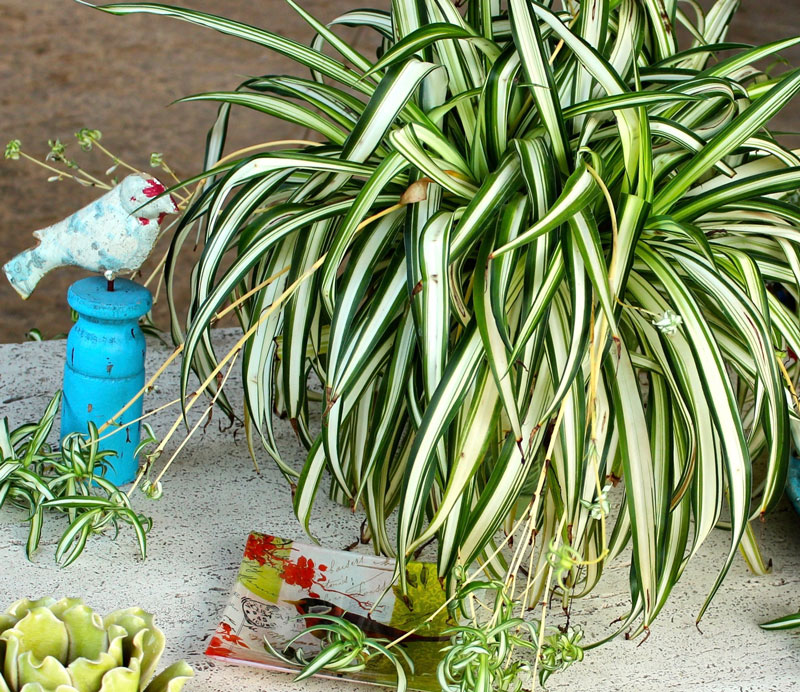
So, I am surrounding myself with houseplants. Not only do indoor plants brighten up a room, they absorb carbon dioxide and release oxygen, helping to clean the air. And, most importantly, they make me happy. Pretty plants, pretty pots, I love everything about indoor plants.
All houseplants need three basic elements to thrive – light, water and nutrients.
Light
Plants depend on sunlight for photosynthesis. Because the specific needs for each plant will vary, it’s important to survey your indoor space to evaluate the amount of light available where you’d like to add plants. Make sure you consider both the duration and the intensity of the light. You can fill your windows with full-sun plants and save less well-lit spaces for plants that don’t need full light. While it’s never a substitute for the sun, fluorescent lighting can also help to supplement natural light.
Most plants at nurseries are tagged with some growing information like whether they need low, medium or high light. If they aren’t, check with sales staff or research your plants online to make sure what you choose will be a good fit for your space.
If your plant begins to lean significantly toward the light, it should be moved, as this is a sign that it’s not getting enough sun. You should also turn your plants regularly so each side gets equal sun exposure.
Water
The two most common causes of houseplant death are over- and under-watering. Many sources recommend watering plants once a week, but that’s just a guideline. To really gauge your plant’s water needs, you should use your finger to test the moisture of the soil just below the surface. If it’s still moist, don’t water it yet. For most plants, the best plan is to saturate the soil, then let it dry out before watering again. After a few cycles, your plants will let you know how long to go between waterings. If the plant is droopy or wilting, water less frequently.
Nutrients
Unlike the plants in your landscape, the correct houseplant potting medium is potting soil, which is typically a mix of peat, perlite, and vermiculite. Natural soils typically do not drain well, and so are not well suited to potted plants. Many of today’s potting soil mixes even come with additional nutrients to get you off to a good start.
Over time, those initial nutrients will leach out of the soil and will need to be replenished. An occasional fertilizer feeding will be necessary to keep plants healthy. Many good premixed houseplant fertilizers are available – just remember – it’s better to under-fertilize than to over-fertilize. Over-fertilizing can burn plants.
Temperature
Most common houseplants are native to climates similar to the temperature and conditions inside our homes. They do best at 65 to 75 degrees during the day and slightly cooler nighttime temperatures. Don’t place plants directly in the line of a heater, fan or air conditioner.
Pots and containers
Choosing the correct sized pot can be key to your plant’s health. A pot that is too small will limit plant growth and an over-sized pot can cause root rot when too much water is retained in the pot. Adequate drainage is critical.
You will periodically need to repot your plants. If the roots are straining out of the bottom of the pot, it’s time to move to a larger container. Generally, a new pot should just be a few inches bigger than the old one.
Air Root Plant – Also called Mother of Thousands, the babies form along the outer edges of the leaves of the mother plant. It likes full sun light.
Aloe – This full-sun-loving classic succulent has a sap that can help heal burns.
False Aralia – This wispy, upright plant is typically a floor plant as it gets four to eight feet tall. They like high humidity and moist soil with moderate light.
Begonia – This beautiful and colorful plant likes diffused light and a little extra moisture.
Dracaena – Also called Corn Plant, this is a simple plant to grow and likes strong or full sunlight. It can grow well over six feet tall.
Weeping Fig – This is an evergreen tree with a strong growth habit. This plant hates to be moved. Even a few inches to the right or left and it will drop its leaves.
Philodendron – This is an easy plant to grow. The heart-shaped leaves are tough and adaptable.
Pothos Ivy – A great starter houseplant, pothos ivy is nearly impossible to kill. The plant can be started from cuttings placed in soil or water and can be left in water for long periods of time.
Rubber Tree – This traditional and simple plant requires little fuss and has pretty, glossy leaves that are striking. It has average water needs.
Snake Plant or Mother-In-Law Tongue – This is a very traditional houseplant. It seems to thrive on neglect.
Spider Plant – This delicate plant that grows new plants from shoots off the sides. It is great in hanging baskets. It likes diffused light and moist soil.

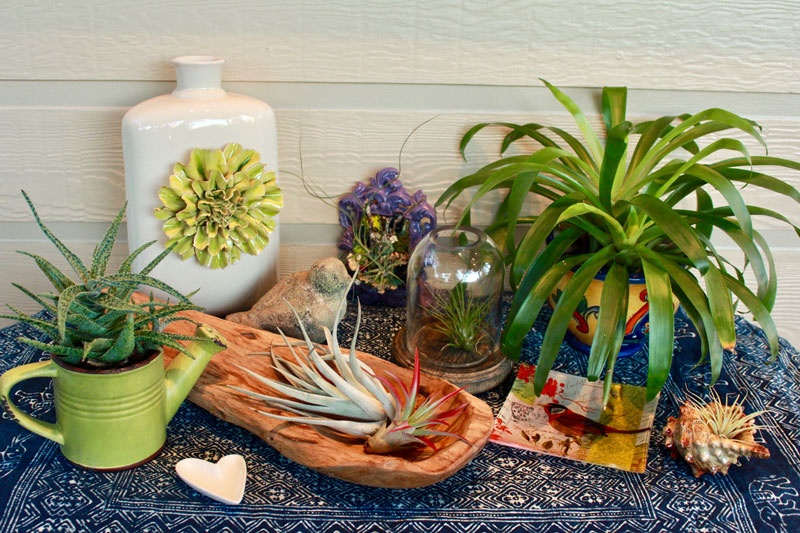
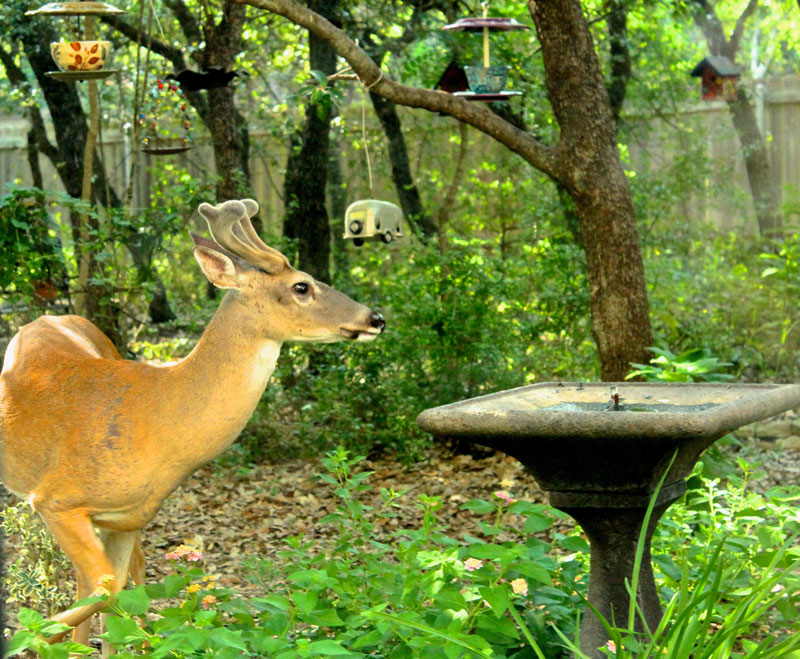









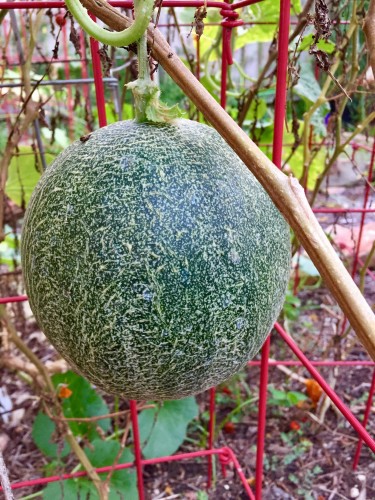
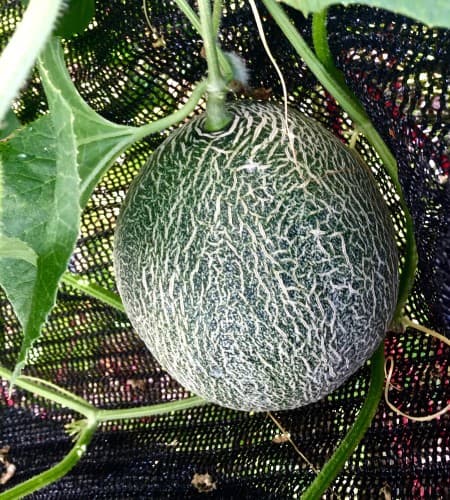
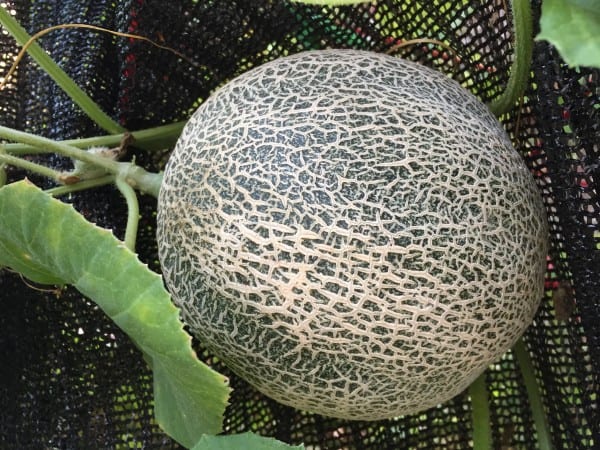
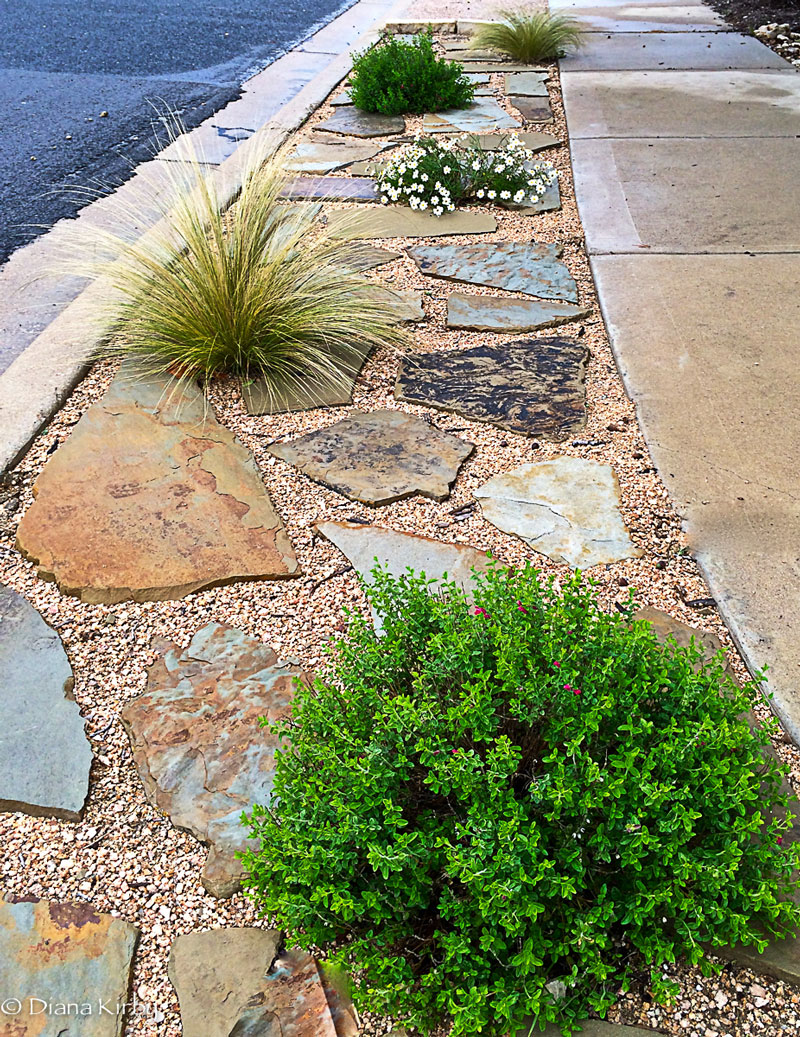 Erratic rains, then drought, and foot traffic all take their toll on these tiny pieces of turf. Alternating between crispy brown grass, dusty dirt, or tattered weeds, these hot spots often bake like an entrée in an oven in the hottest stretches of summer.
Erratic rains, then drought, and foot traffic all take their toll on these tiny pieces of turf. Alternating between crispy brown grass, dusty dirt, or tattered weeds, these hot spots often bake like an entrée in an oven in the hottest stretches of summer.